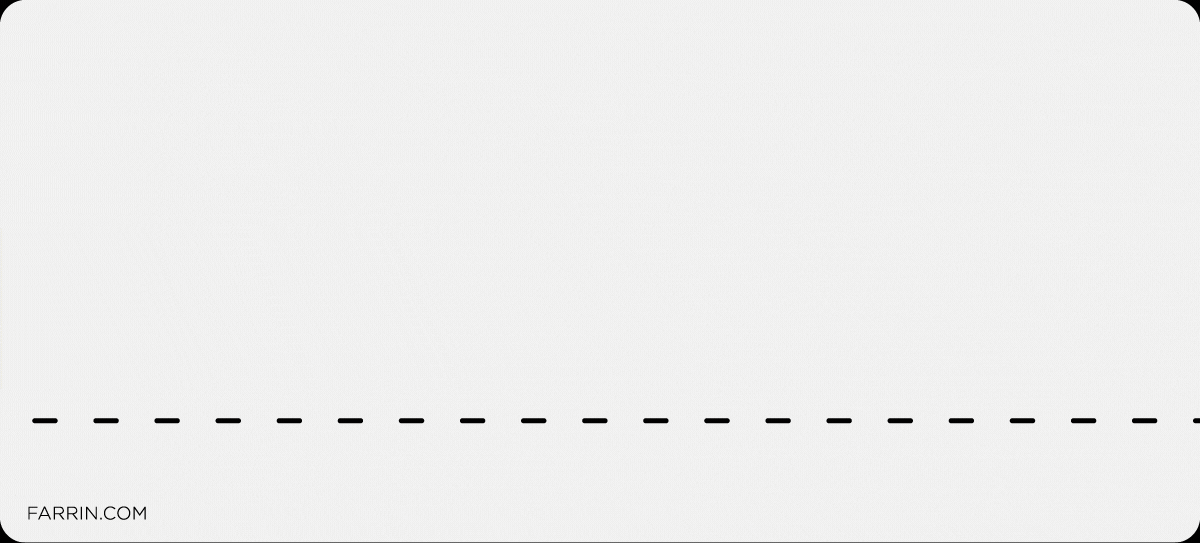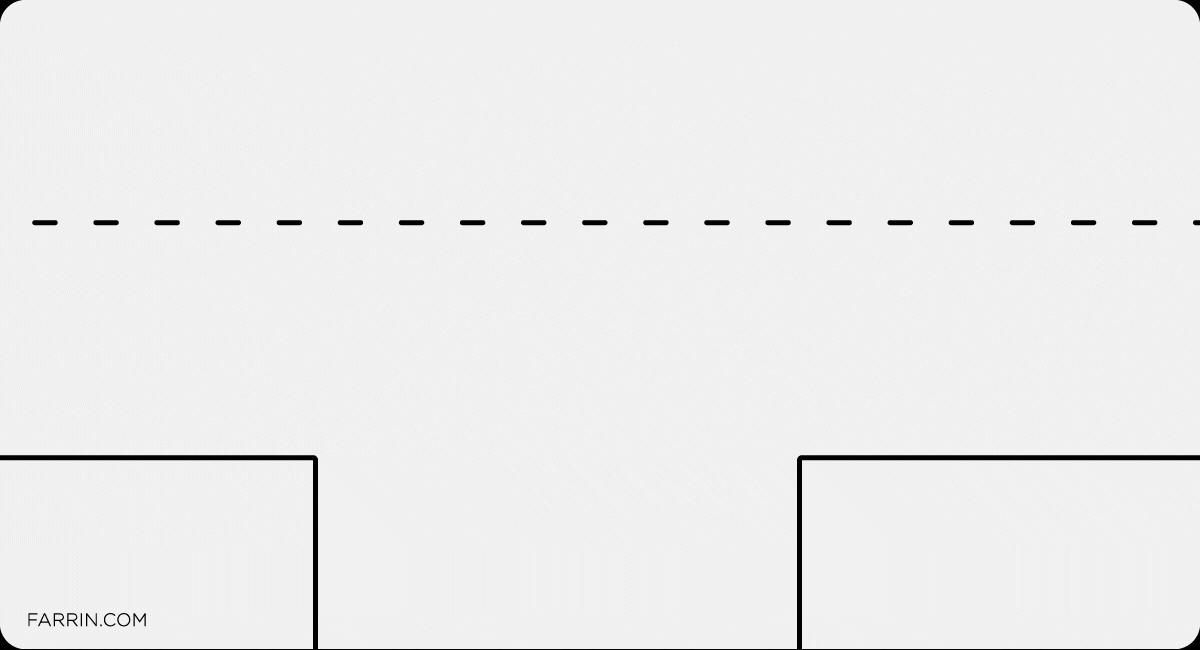In North Carolina, an at-fault driver (or their insurance, most often) pays, regardless of how many vehicles are involved. The answer to “Who pays in a three-car accident?” and “Who pays in a fifteen-car accident?” is technically the same. That’s the law, but it can also be a bit oversimplified. Multiple car accidents are complicated, and there may be outcomes you wouldn’t suspect.
Whose Insurance Pays in a Multi-Car Accident?
North Carolina is an at-fault state, so the driver who caused the crash – or rather their insurance – is on the hook to pay for the damages. Sounds simple, but is it? Consider this:
Driver A is speeding in the left lane of a busy, multi-lane highway. As the road bends to the left, that speeding driver cannot see traffic slowing ahead in time to slow and strikes the back of Driver B. Driver B was tailgating Driver C and, because there is not sufficient space, hits Driver C’s vehicle as a result. The cherry on top is that behind Driver A in the left lane is a distracted Driver D who does not look up in time to avoid hitting the back of the already multi-car accident stopped in the road.
Who’s at fault? That will depend on things like witness statements, evidence, and the police report. How many times were which cars hit? Driver C is getting the raw deal here, but who pays for their injuries and the damage to their vehicle? As you can see, even though the law says that the “at-fault driver” is responsible, it’s not always so cut-and-dried.
So whose insurance pays in this multi-car accident?
The Driver Who Initiated the Accident Is Likely at Fault
The simple answer is that the at-fault driver (or more likely their insurance) should pay. However, in a situation with multiple negligent drivers, several drivers can be at-fault. The driver whose mistake kicked off the multi-car accident is likely most at-fault and may be liable for all of it.
However, if multiple negligent drivers contributed to the damage, an experienced car accident attorney is going to recognize that there are multiple at-fault drivers. Insurance companies may argue with that interpretation, of course, and if one is on the hook to pay several claims, they may drag their feet when it comes to compensation.
In multi-car accidents, multiple insurers can be involved and there may be arguments over fault that add time to the case. If there were injuries, they might instead attempt to settle the claims quickly, though these offers of quick cash rarely truly cover the breadth of an injured person’s expenses.
3 Car Accident – Who Pays?
Again, the answer is the at-fault driver – whether it is one or more – pays in a three-car accident. But while the at-fault driver who initiated the crash is liable, there are other scenarios to consider regardless of how many cars are involved. And the law does, in some cases, prescribe an order so that one driver is to blame regardless.
For example, let’s say Driver A is on a busy four-lane city street. Instead of paying attention to traffic, this driver is on a cell phone, texting. Ahead, Drive B wants to enter the travel lanes from a parking lot and doesn’t look before making the turn. Driver A hits Driver B’s car, which pushes it into another lane, striking Driver C.
Driver C is just having no luck.
In this three-car accident, who pays? Again, it will depend greatly on the evidence gathered, the police report, and what the drivers say. The law would place fault on the driver who pulled out without looking – it is their duty to make sure it is clear to proceed. Can you argue that two drivers are at fault or make the case that one or the other is more at fault? Sure. Finger-pointing between insurance companies to avoid paying out is likely in a multiple car accident.
Injuries in Multi-Car Accidents – Who Pays?
As previously stated, the at-fault party is liable to pay for injuries – generally via an insurance policy. But what if multiple parties harm you? In many states, there is something called the doctrine of joint and several liability. In simple terms, that means that if you are injured by multiple parties, you can seek all of your compensation from one party. However, as we’ve discussed previously, in complicated multi-car crashes with possibly more than one at-fault driver, you may need to claim against multiple parties.
For example, what if the at-fault driver’s liability policy doesn’t cover your bills? Filing against other policies and drivers may be the only way to make you whole. It’s also worth noting that you can settle a claim against one party for compensation while fighting with another. This isn’t common, but it can be done.
What if No One in the Multi-Car Accident Has Enough Coverage to Pay My Bills?
If all at-fault driver policies are exhausted, the next step would be a claim on your underinsured motorist policy. Next, you may need to file lawsuits against the at-fault drivers to pursue the difference from their assets.
The Moral of the Multi-Car Accident
When you’re driving, drive carefully. No one wants to be in an accident, and everyone seems to believe that it “won’t happen to me.” We deal with these kinds of things every day when people are hurt. When you get behind the wheel, please be present and focused on the act of driving.
Awareness and adherence to traffic laws and regulations will help keep you safe, though you never know when some other driver’s negligence will scoop you up. Obey the law and watch the road so that – even if the worst-case scenario happens – you can try to avoid being the one at fault. And if you are injured in a car accident due to someone else’s negligence, contact us for a free consultation. You may be entitled to compensation.
You May Also Be Interested In
Answers to the Most Frequent and Urgent Car Accident Injury Questions
Who Pays the Deductible in a Car Accident?
Whose Insurance Pays for Car Accidents?





